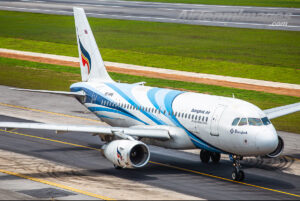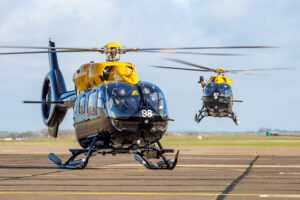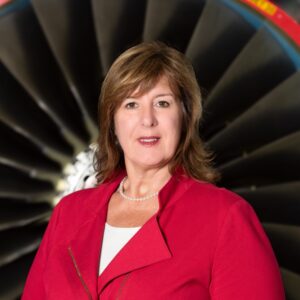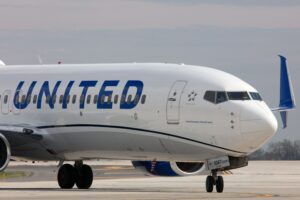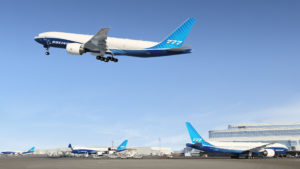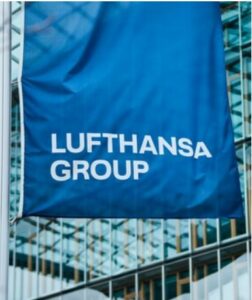The European Union Aviation Safety Agency (EASA) has published the first proposal world-wide for the assessment of the noise generated by air taxis, addressing one of the top societal concerns relating to this new mode of urban transport.
The Environmental Protection Technical Specifications (EPTS) are applicable to electric Vertical Take-Off and Landing (eVTOL) aircraft powered by multiple, vertical, non-tilting, evenly distributed rotors.
“When EASA conducted a Europe-wide survey on Urban Air Mobility in late 2021, noise was highlighted as one of the major concerns by participants with respect to air taxis, along with environmental concerns and overall safety,” said EASA Executive Director Patrick Ky. “This proposal addresses those concerns, describing ways to measure the noise produced and setting limits to ensure that the noise pollution is not excessive.”
The EPTS document defines harmonised noise assessment criteria that could be used in the type certification of this eVTOL-capable aircraft with this type of design. The aim is to reach a high, uniform level of environmental protection and to prevent significant harmful effects of noise on human health in the EU, as mandated by the EASA Basic Regulation. It includes the applicable noise technical specifications and procedures as well as maximum allowable noise levels.
The proposed specifications are intended to fill a regulatory gap and took the internationally harmonised noise certification standard applicable to heavy helicopters as a starting point, to allow for a level playing-field and comparability of technology. The procedures defined are adapted to the characteristics of eVTOL aircraft where necessary. For example, as eVTOL are expected to be quieter in certain phases of flight there is a need to allow them to fly closer to the microphone in certain flight phases to maintain a minimum signal-to-noise quality.
In addition, a hover noise assessment has been developed to aid the noise assessment of operations in the vicinity of vertiports, – the places where these aircraft will take off and land. The maximum allowable noise levels are kept identical to those of the most recent heavy helicopter limits from the International Civil Aviation Organisation (ICAO Annex 16, Volume I, Chapter 8.4.2) while EASA collects more noise data from such designs through certification projects.




